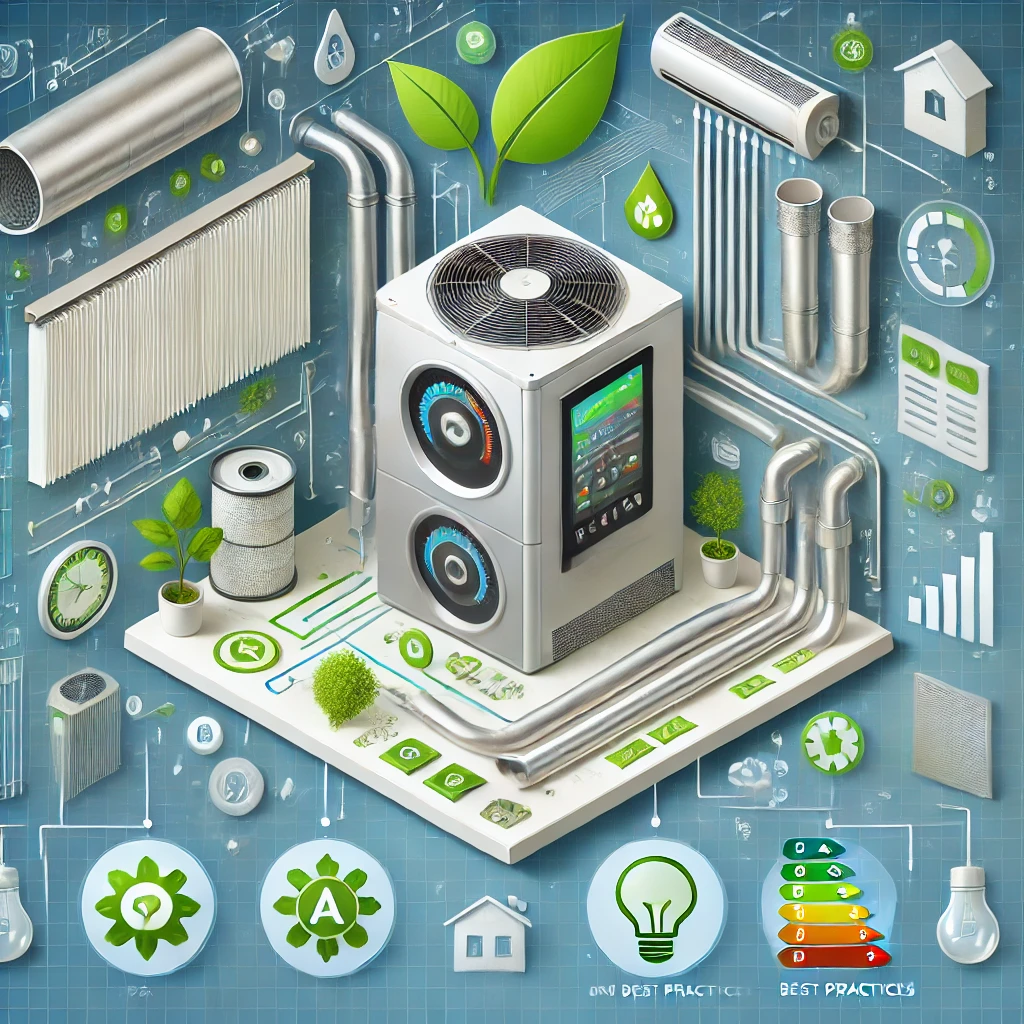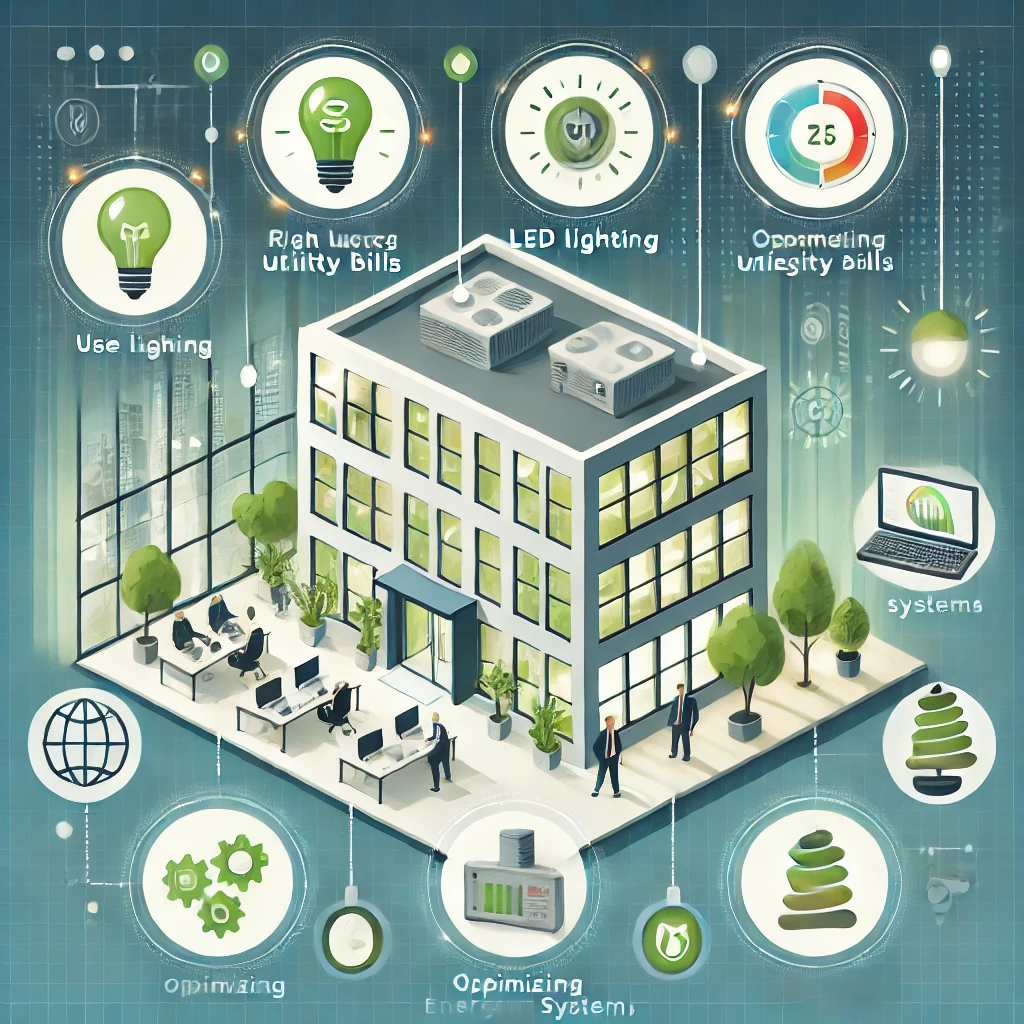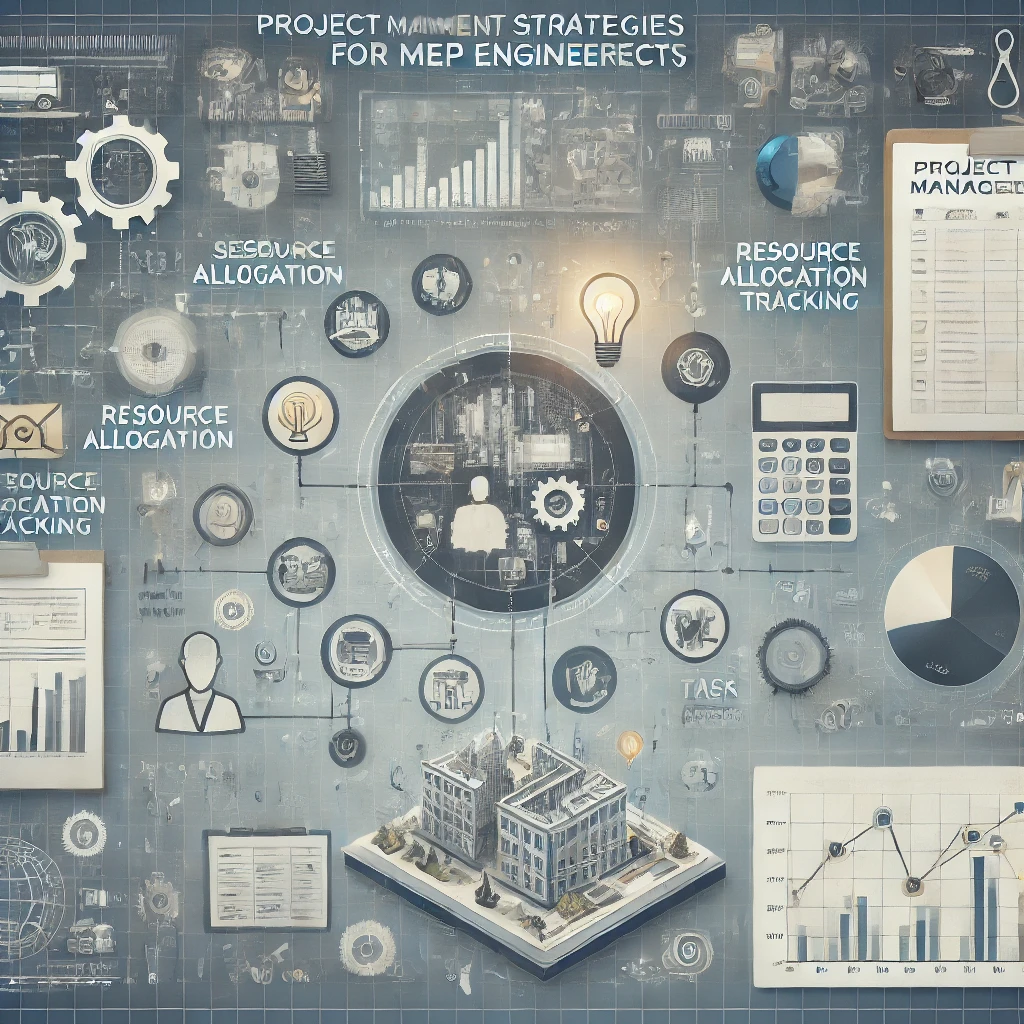Addressing Plumbing Issues in Commercial Buildings

Plumbing issues in commercial buildings can lead to significant disruptions, affecting business operations, tenant satisfaction, and property values. Addressing these issues promptly and effectively is crucial for maintaining a functional and safe environment. This blog post explores common plumbing problems in commercial buildings and provides practical solutions for managing them.
Common Plumbing Issues in Commercial Buildings
1. Leaky Faucets and Pipes
Causes
- Wear and Tear: Over time, faucets and pipes can wear out, leading to leaks.
- Corrosion: Corrosion can weaken pipes, causing them to leak.
Solutions
- Regular Inspections: Conduct regular inspections to identify and repair leaks early.
- Replace Worn Components: Replace old or worn-out faucets and pipes to prevent leaks.
2. Clogged Drains and Toilets
Causes
- Improper Disposal: Items like paper towels, grease, and other non-flushable items can clog drains and toilets.
- Buildup: Over time, debris and mineral buildup can cause blockages.
Solutions
- Proper Disposal Education: Educate tenants and employees about proper disposal practices.
- Regular Maintenance: Schedule regular drain cleaning and maintenance to prevent clogs.
3. Low Water Pressure
Causes
- Pipe Corrosion: Corroded pipes can restrict water flow, reducing pressure.
- Leaks: Undetected leaks can lead to low water pressure.
Solutions
- Inspect and Replace Pipes: Inspect pipes for corrosion and replace as needed.
- Fix Leaks Promptly: Address any leaks immediately to restore water pressure.
4. Water Heater Issues
Causes
- Sediment Buildup: Sediment can accumulate in the water heater, reducing efficiency.
- Thermostat Problems: A faulty thermostat can cause temperature inconsistencies.
Solutions
- Regular Maintenance: Flush the water heater regularly to remove sediment.
- Thermostat Checks: Check and replace faulty thermostats to ensure proper operation.

5. Sewer Line Problems
Causes
- Tree Roots: Roots can penetrate sewer lines, causing blockages and damage.
- Pipe Deterioration: Old and deteriorating pipes can collapse or become blocked.
Solutions
- Root Barriers: Install root barriers to protect sewer lines.
- Sewer Line Inspection: Conduct regular inspections and replace deteriorating pipes.
Preventative Measures
1. Schedule Regular Inspections
Regular inspections can help identify potential issues before they become major problems. Hire a professional plumber to conduct thorough inspections of the plumbing system.
2. Implement a Maintenance Plan
Develop a maintenance plan that includes routine checks and cleaning of the plumbing system. This can help prevent unexpected issues and extend the lifespan of the plumbing infrastructure.
3. Educate Tenants and Staff
Educate tenants and staff on proper plumbing practices, such as what can and cannot be flushed or poured down drains. This can help prevent common issues like clogs and leaks.
Conclusion
Addressing plumbing issues in commercial buildings requires proactive maintenance, regular inspections, and proper education of tenants and staff. By implementing these strategies, you can maintain a functional and efficient plumbing system, ensuring a safe and comfortable environment for everyone. For complex plumbing problems, always consult a professional plumber to ensure the best solutions are applied.
Category:



